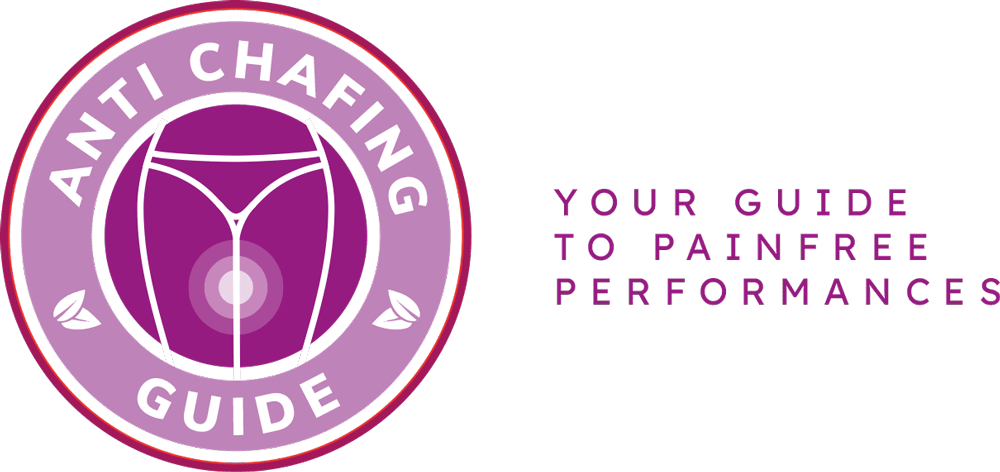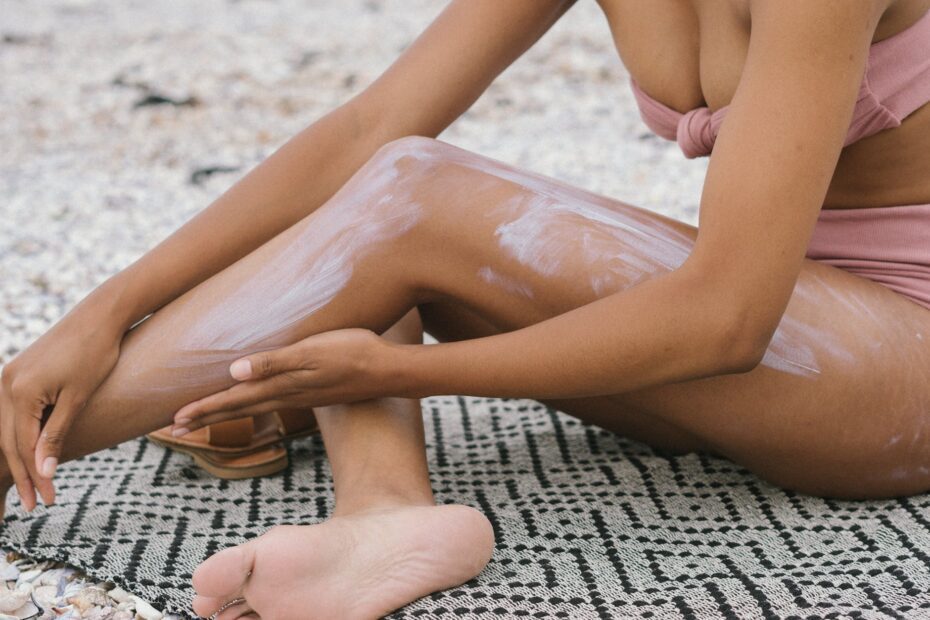Are you tired of dealing with the painful and irritating effects of chafing on your skin? Look no further! This comprehensive guide is here to help you prevent, treat, and soothe chafing like a dermatologist. Whether you’re an athlete, a busy parent, or simply someone who wants to enjoy their day without discomfort, this guide has got you covered.
Chafing occurs when friction, moisture, and clothing materials rub against the skin, causing irritation and discomfort. But fear not, because we will walk you through the common causes of chafing and how to identify potential triggers to prevent future occurrences. From choosing the right clothing materials to using lubricants, we’ve got all the expert tips and advice you need to keep chafing at bay.
But what if you’re already dealing with chafed skin? Don’t worry, we’ve got treatment options for you too! Discover effective remedies, such as over-the-counter creams, home remedies, and even medical interventions, to help alleviate pain, reduce inflammation, and promote healing. Say goodbye to discomfort and hello to healthy, happy skin!
So, whether you’re a seasoned athlete or just someone who wants to enjoy a day at the beach, this ultimate guide will equip you with all the knowledge you need to prevent, treat, and soothe chafing on your skin. Get ready to bid farewell to chafing and embrace a life of comfort and confidence!
Causes of Chafing
Chafing, a common skin condition that causes irritation and discomfort, can be caused by various factors. Understanding the causes of chafing is crucial in preventing future occurrences and finding effective solutions.
Friction is one of the primary causes of chafing. When two body surfaces rub against each other, such as the inner thighs or underarms, it can lead to skin irritation. Moisture, whether from sweat or wet clothing, can exacerbate the friction and increase the likelihood of chafing. Additionally, certain clothing materials, such as rough fabrics or those that do not allow proper airflow, can contribute to chafing.
To prevent chafing, it is important to identify potential triggers. Pay attention to areas where your skin rubs together or where clothing tends to create friction. Opt for moisture-wicking fabrics that allow your skin to breathe and reduce sweat accumulation. Applying a lubricating product, like petroleum jelly, can also help reduce friction. Regularly moisturizing your skin and keeping it well-hydrated can further minimize the risk of chafing.
Treatment Options
Treatment options for chafed skin are diverse and can be tailored to individual needs. Whether you prefer over-the-counter creams, home remedies, or medical interventions, there are various ways to alleviate pain, reduce inflammation, and promote healing.
One popular treatment option for chafed skin is the use of over-the-counter creams. These creams often contain ingredients such as zinc oxide or petrolatum, which create a protective barrier on the skin and help reduce friction. Applying these creams to the affected area can provide relief and aid in the healing process.
Home remedies can also be effective in treating chafed skin. For example, applying aloe vera gel or coconut oil can soothe irritation and moisturize the skin. Additionally, taking warm baths with oatmeal or baking soda can help reduce inflammation and provide relief.
In more severe cases, medical interventions may be necessary. Dermatologists can prescribe topical steroids or antibiotics to treat chafed skin that is infected or resistant to other treatments. In some cases, surgical interventions may be required to remove excess skin or correct underlying issues.
Remember, it’s important to consult with a healthcare professional to determine the best treatment option for your specific situation. They can provide personalized advice and guidance based on your unique needs and circumstances.
Frequently Asked Questions
- What is chafing?
Chafing is a common skin irritation that occurs when there is friction between the skin and clothing or other surfaces. It often leads to redness, soreness, and discomfort.
- What are the common areas prone to chafing?
The most common areas prone to chafing are the inner thighs, underarms, groin, nipples, and feet. These areas experience repeated friction and are more likely to develop chafing.
- How can I prevent chafing?
To prevent chafing, you can take several measures. Firstly, wear moisture-wicking and breathable clothing. Apply a lubricant or anti-chafing balm to reduce friction. Keep the affected areas clean and dry, and avoid tight-fitting clothes that can exacerbate chafing.
- What are some home remedies for treating chafed skin?
There are several home remedies that can help soothe chafed skin. Applying aloe vera gel, coconut oil, or a cold compress can provide relief. Taking cool baths with oatmeal or baking soda can also alleviate discomfort.
- When should I seek medical intervention for chafing?
If the chafed area becomes infected, shows signs of pus or severe inflammation, or if home remedies do not provide relief within a few days, it is recommended to consult a dermatologist or healthcare professional for further evaluation and treatment.


Keith is originally from Truckton, Colorado. The 54-year-old cared for his overweight wife for many years. Keitch is also a freelance editor at antichafing.net and supports the team as a competent advisor. In his spare time Keith enjoys reading books, visiting his homeland and is a passionate product tester for well-known manufacturers.

